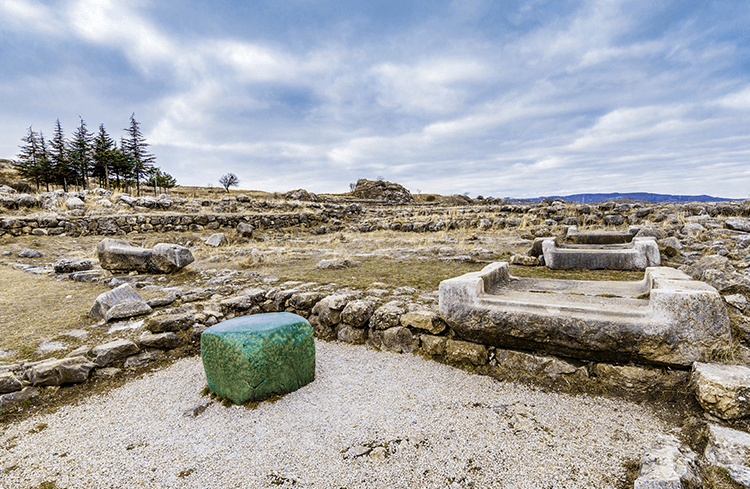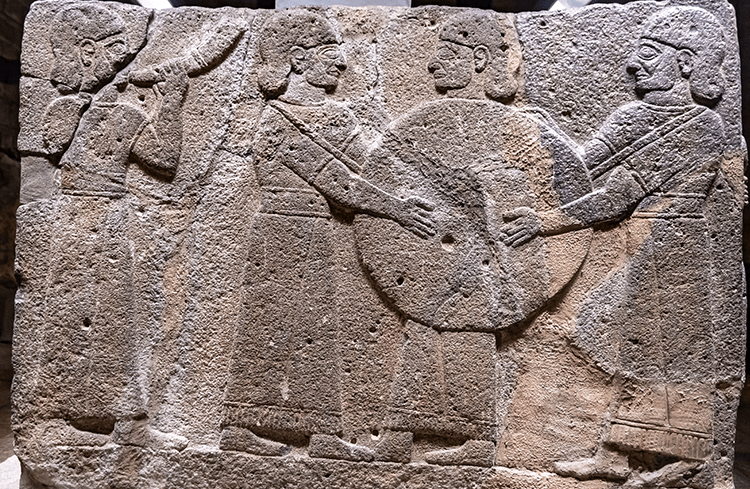The ancient city of Hattusa, nestled in modern-day Turkey, holds within its ruins the remnants of the majestic Hittite Empire. At the heart of this historic site lies Sphinx Gate, an enigmatic entrance that whispers tales of a bygone era.

Sphinx Gate, an iconic structure of Hattusa, serves as an entrance to the city. Carved sphinxes once guarded this threshold, symbolizing the power and grandeur of the Hittite civilization. Archaeologists believe that these formidable figures greeted visitors and dignitaries as they entered the capital, signifying the might of the empire.

The gate not only served as a physical boundary but also as a cultural emblem. It provided a glimpse into the sophisticated artistic talents of the Hittites, showcasing their mastery in stone carving and architectural prowess. The detailed craftsmanship of the sphinxes reveals the reverence for mythological creatures in their society.

Beyond its aesthetic significance, Sphinx Gate holds historical importance. It acted as a link between the city’s outer limits and the inner sanctum, indicating the separation between the public and the more sacred spaces within Hattusa. Its strategic placement within the city’s fortifications speaks volumes about the Hittite’s defensive strategies and governance.

Recent archaeological endeavors have focused on deciphering the inscriptions and symbols adorning the gate, aiming to unravel the secrets hidden within these ancient walls. Preservation efforts also strive to protect and conserve Sphinx Gate for future generations, ensuring that this crucial piece of history endures the test of time.
Sphinx Gate stands as a testament to the rich cultural heritage of the Hittite Empire, offering a doorway into a civilization that flourished millennia ago. As researchers delve deeper into its mysteries, this monumental structure continues to captivate both historians and enthusiasts, preserving the legacy of a once-mighty empire that shaped the annals of history.





